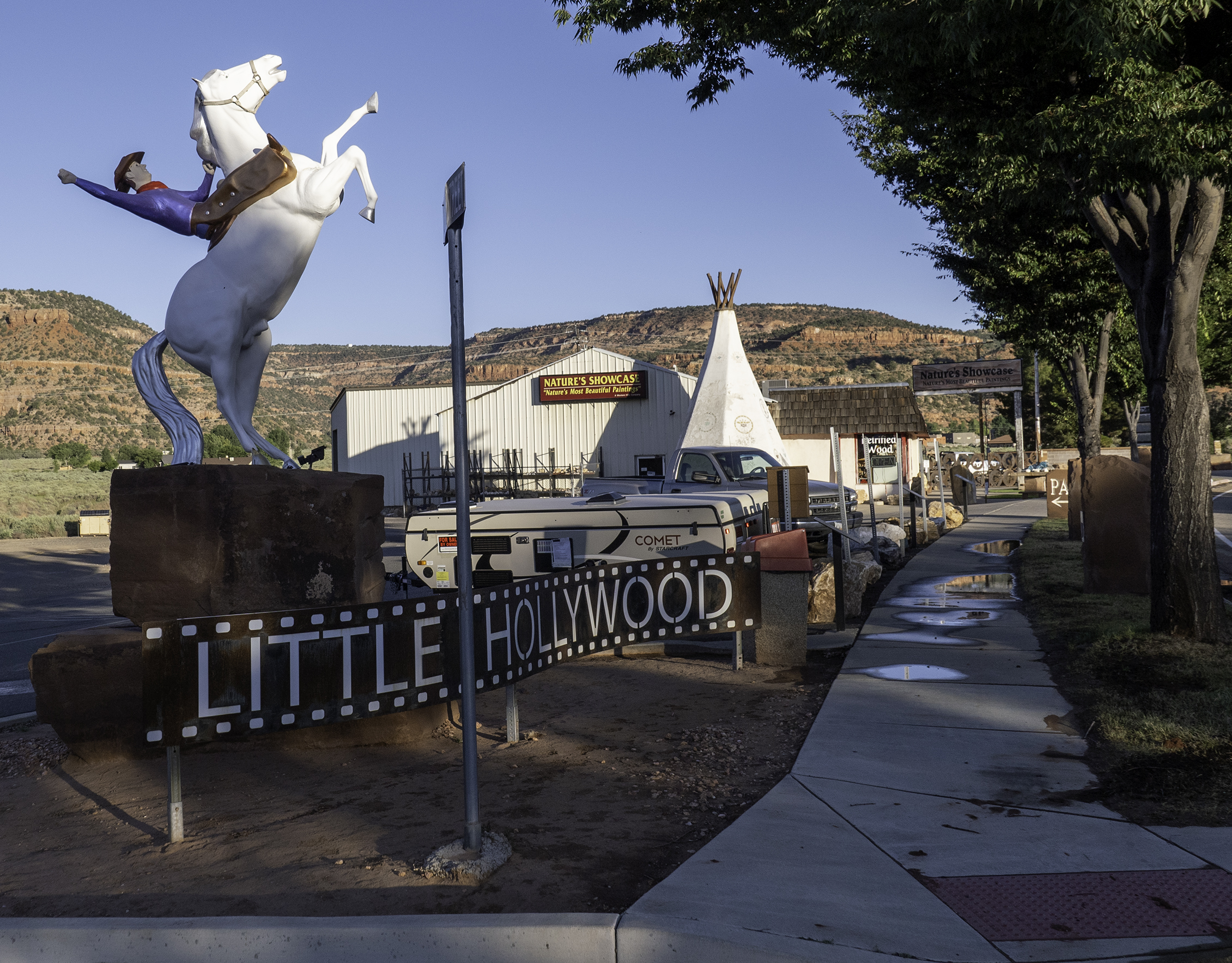More commonly known as the “Diamond Princess” the cruise ship carrying twenty-one passengers infected with Covid-19, or the coronavirus, is currently docked across from Ted’s office at AmNav in Oakland. Here it is emerging from the fog across San Francisco Bay on a warm winter morning. The thousands of passengers on the Diamond Princess took days to disembark, get tested, then climb into a shuttle to go off to nearby military bases in CA or other bases around the US for a 14 day quarantine. The Diamond Princess meandered off the California cost for nine days while officials tried to figure out what to do with the passengers. Mr. Trump wanted them all to stay shipboard because if they disembarked the number of confirmed cases would have increased, making him look bad. Never mind the health and welfare of the passengers.
And this is really just the beginning. Schools are closed, The NBA has shut down, no March Madness, BART is off 45%, Costco’s lines for toilet paper are out the door, store shelves are empty, the eleven year bull market has ended, stocks are in free fall, the roads are empty, and everyone is asked to stay home. As of March 12th there are over 18,000 cases of Covid-19 and 76 deaths in the USA. And considering the high mortality rate of seniors perhaps this blog entry is being offered by a Dead Man Typing. It’s at a time like this American needs a leader. What do we have? A reality TV star.
In The Atlantic a Republican who did not vote for Trump in 2016 had this to say about him: “Mr. Trump’s virulent combination of ignorance, emotional instability, demagogy, solipsism and vindictiveness would do more than result in a failed presidency; it could very well lead to national catastrophe. The prospect of Donald Trump as commander in chief should send a chill down the spine of every American.” The national catastrophe to which he had referred has come to pass, and true to form Mr. Trump has displayed all of the traits that had been identified four years earlier. Something about a leopard and spots.
“This is worse than 9/11”, my friend Dr. Novotny said, echoing the increasing worry about a disease of an unknown origin that is at least fifty times more deadly than influenza, a disease with no known cure, no vaccine, and no appropriate medications, a disease that kills 8% of people in their seventies.
And once again from our President. The never-ending cascade of ignorant tweets drowns out the warnings of those who know, who understand, and who are responsible enough to recognize the severity of the pandemic. Trump is reassuring only the naive, gullible, and irremediably stupid among us for whom he is the champion.
“We have it totally under control. It's one person coming in from China, and we have it under control. It’s going to be just fine.”
“We pretty much shut it down coming in from China.”
“Looks like by April, you know, in theory, when it gets a little warmer, it miraculously goes away.”
“When you have 15 [cases in the United States], and the 15 within a couple of days is going to be down to close to zero, that’s a pretty good job we’ve done.”
Two weeks later, there were 1,000 cases and 28 deaths. A pretty good job you’ve done? South Korea is able to test over 10,000 people a day; the US hasn’t tested that many all winter.
And for those who believe that we are overreacting, this from a school superintendent: He said: “In the end, it will be impossible to know if we overreacted or did too much, but it will be QUITE apparent if we under reacted or did too little.” It is quite apparent to almost everyone in America that the government, despite the lies told by the President, has done far too little, has hidden the truth and severity of the outbreak from the citizens, and is now responsible for many of the deaths that possibly could have been prevented had it been prepared.
*To be continued.


































































































































